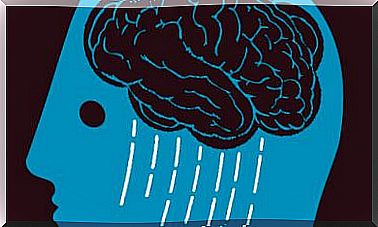Basic Statistical Concepts You Should Know

Statistics is a branch of mathematics that studies variability as well as the process that calculates it by following the laws of probability and its models. We know that statistics are necessary to carry out investigations as well as to understand them. But what are the basic statistical concepts used?
To focus on basic statistical concepts, we must first turn to descriptive statistics. This branch has to do with the description of experimental data. More specifically , it involves the collection, organization and analysis of data. The data describes a set of characteristics of a set of units belonging to a population.

According to Professor Ignacio Cascos from Charles III University of Madrid, there are some basic statistical concepts everyone should know:
1. Population
A population is a well-defined set of similar entities with certain characteristics that are of interest to observers.
This aspect can be finite or infinite. Therefore, the size of the population is the number of units it contains. This is often referred to as N.
If the population is very large, it can be expensive to perform a survey. In many cases, therefore, it is impossible to consider all the elements, and therefore the researchers usually select a few elements from the population, or a sample.
2. Devices
A unit is an individual element from the population. These elements do not necessarily have to be human, but in psychology this is so often the case.
3. Sample size
A sample is a set of units from the population that reflects its characteristics as well as possible. If the sample size reflects the characteristics of the population, the sample is representative. The sample size is the number of units it has, and we refer to it as n.
If the sample and population size coincide, it is called a census.
4. Variables
A variable (X) is a symbol that represents a characteristic, number, or quantity of the population that researchers can measure or count. Data (r) is the value that can be changed within a variable (hence the name). Its value depends on the unit it measures.

Types of variables
Qualitative variable
This type of variable assumes values that correspond to innumerable properties of the units. Therefore, one cannot say that one is worth more than another.
An example of this type of variable is gender. These variables are called qualitative because the differences between them are characteristics or traits.
Ordinal variable
An ordinary variable can be divided into categories. Furthermore, researchers can rank or rank them according to their value. If you had qualitative variables, you can rank them.
Imagine, for example, school grades. An “A” is better than a “B”, and a “B” is better than an “F”.
Quantitative variables
Quantitative variables assume numerical values. This means that you can measure them in numbers. There are two types:
- Discrete variable: the set is finite or countable. For example, the number of children in a family.
- Continuous variable: the set is infinite or innumerable. For example, time.
Position measurements
In descriptive statistics, one can determine the position of one’s data by using position measurements.
Measures of central tendency
Cuts or measures of central tendency are typical or representative values of a data set. Therefore, their purpose is to sum all the data in a single value.
The most common measures of central tendency are type value (qualitative variables), median (categorical variables) and mean (quantitative variables).

- Type value: the type value is the unit that appears most often . If there is more than one of these values, then the variable is a multi-type value. Furthermore, you can calculate the type value for all types of variables.
- Median: you can calculate it for categorical variables, especially when at least half of the data is less than or equal to the median. At the same time, half of the data is also greater than or equal to the median. Therefore, if there is more than one median, you must take the midpoint between the largest and smallest medians. This will be the value that appears in the sample and serves as the median.
- Mean: this is the most common and most famous. You may also have heard it is called an incision. You must have quantitative variables to calculate it, which means that it is the geometric center where the data is located. Something strange happens with the mean, because it may not be representative of the sample, nor does it necessarily represent an actual value from the sample.
Concluding thoughts on statistical concepts
Although many other statistical concepts exist, these are probably the most basic. Using them, you can organize and calculate statistics as well as data representations. Therefore, they are excellent tools for researchers and the scientific community. Statistics give you a complete map of the results of an investigation.









